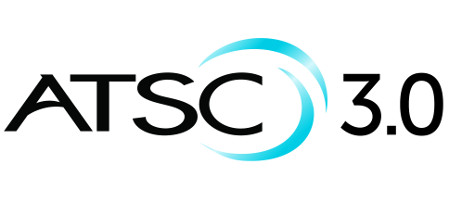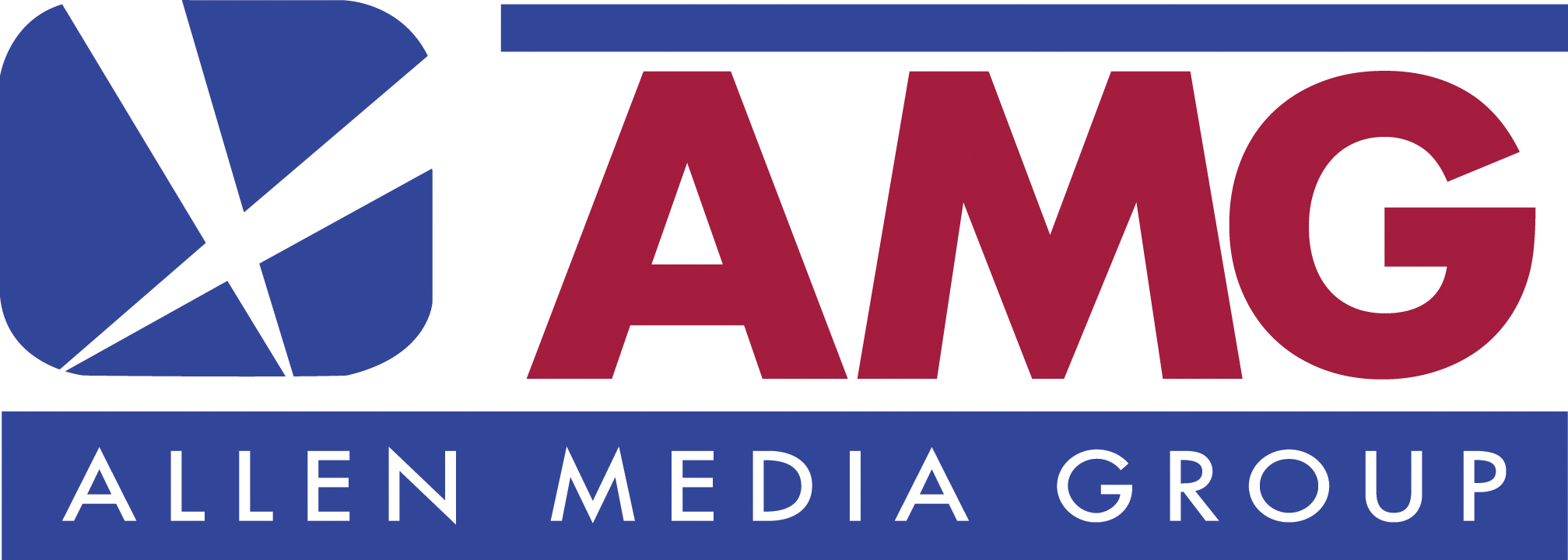Achieving the Promise of Digital TV
Next Gen TV is upon us.
After many years of work in standards development by the Advanced Television Systems Committee on Next Gen TV, aka ATSC 3.0, the final pieces are coming together for consumers and the broadcast industry to enjoy win-win benefits and realize the promise of digital television.

Over-the-air broadcast television and “over-the-top” broadband are converging, and soon both will rely upon the world’s first IP-based delivery system that can blend broadcast and broadband internet content and service options.
The result will be a plethora of use cases that will delight consumers and offer new service offerings and business models for device vendors and content providers.
For this brief blog, let’s gloss over the blizzard of acronyms and technical jargon that explain how all this is being accomplished, and instead articulate the real-world benefits to consumers and industry.
NEW EXPERIENCES, NEW OPPORTUNITIES
Consumers will be dazzled by a new level of sights, sounds and services enabled by the ATSC 3.0 suite of standards. They’ll see more brilliant colors and higher resolution imagery – not just more pixels, but better pixels, indeed smarter pixels. High-definition and 4K ultra-high definition video will be backed by immersive 3D audio that reaches the viewer not only from their horizontal periphery, but also from above and below.
The professional video industry's #1 source for news, trends and product and tech information. Sign up below.
Integrated, customizable content will be made possible as regular audio-visual content sent via broadcast can be spliced with special content, such as audio in a selected language, sent via broadband. Audio personalization will be possible, in which a viewer can choose to enhance dialogue while, for instance, an intergalactic battle rages in the background. Do overly talkative American sports commentators bother you? They can be minimized at the touch of a button.
Screens big, small and mobile will receive robust signals that deliver uninterrupted content whether users are indoors, outdoors, using handheld/mobile devices on foot or moving at high speeds on trains and automobiles.
Broadcasters’ long-standing commitment to public service will be enhanced by improved closed captioning capabilities and by advanced emergency alert options made possible by the Advanced Warning and Response Network.
This enhanced consumer experience, of course, offers content and service providers a brand-new palette with which to develop innovative, flexible service models. Premium offerings that fully exploit ATSC 3.0’s capabilities will find an avid following.
ATSC 3.0 allows broadcasters and content producers to take full advantage of this brand new palette of UHD, high dynamic range, wider color gamut and immersive audio, along with continued delivery of existing libraries of legacy content. And it creates the opportunity for dynamic ad insertion and targeted advertising on an opt-in basis that doesn’t violate viewers’ high expectations for privacy.
In fact, Pearl TV– the business alliance of TV broadcasters exploring consumer acceptance of ATSC 3.0-enabled service offerings – has encouraging findings and is currently testing related, tailored services and audience interactivity.
STANDARDS, TECHNOLOGY AND POLICY ALSO CONVERGE
The typical triumvirate of technological progress – standards, technology and policy – have also converged to enable the win-win of consumer benefits and industry business opportunities in an emerging era for digital TV as we’ve never experienced before.
The full gamut of standards developed under the ATSC 3.0 process are, for the most part, complete and “stable,” i.e., few changes are expected at this point. (See the standards progress on the ATSC infographic, linked here.) These standards were developed over years of work by a diverse array of industry participants from around the world – hence the standards have benefitted from both deep expertise and broad consensus.
(Readers may know that ATSC 3.0 relies on the core capabilities of COFDM (coded orthogonal frequency-division multiplexing), which offers distinct advantages for data transmission that will enable ATSC 3.0-related content and services to flower in the near future.)
I personally had the opportunity and pleasure to work closely on the standards that addressed the “presentation” layer, the part of the standard that comprises the cool stuff consumers will enjoy like HDR for instance, and I can attest to an exhilarating ride and a welcome denouement to the process.
Meanwhile, the industry participants in that standards development process have been busy in their own shops creating the next generation of end-user devices and broadcast equipment – screens, receivers, audio systems, user interfaces, production equipment, transmitters, and more – that provide supporting technology.
Finally, policy makers have endeavored to keep pace in this fast-moving, innovative environment. In the U.S., the Federal Communication Commission has vowed to complete its rulemaking work for voluntary implementation of ATSC 3.0 by year’s end. And, following the TV industry’s voluntary sale of spectrum to cellular carriers via auction, the subsequent relocation of TV broadcasters to new frequency channels – known as “repacking” – is underway. The stars have aligned – with the completion of the repack expected to coincide with the widespread launch of Next Gen TV powered by ATSC 3.0.
In short, all the pieces will soon be in place for a new era in digital TV.
LOOKING AHEAD
It would not surprise me if B&C eventually trades its ampersand for a backslash and adds “internet” to its moniker to reflect a bold new era in which formerly disparate content and delivery systems combine to dazzle consumers and offer them new, useful and delightful services thanks to ATSC 3.0.
A member of the IEEE Broadcast Technology Society, Madeleine Noland joined LG Electronics in 2013 as a team member in the LG Office of the CTO. In addition to her ATSC role as chair of S34, she is chair of the ATSC Companion Devices and Interactivity S33-3 Group, vice chair of ATSC System Requirements S31 Specialist Group, and vice chair of the ATSC Advanced Emergency Alert Implementation Team.
This story originally appeared in TVT's sister publication B&C.
For a comprehensive list of TV Technology’s ATSC 3.0 coverage, see our ATSC3 silo.
Madeleine Noland is the president of ATSC-The Broadcast Standards Association

